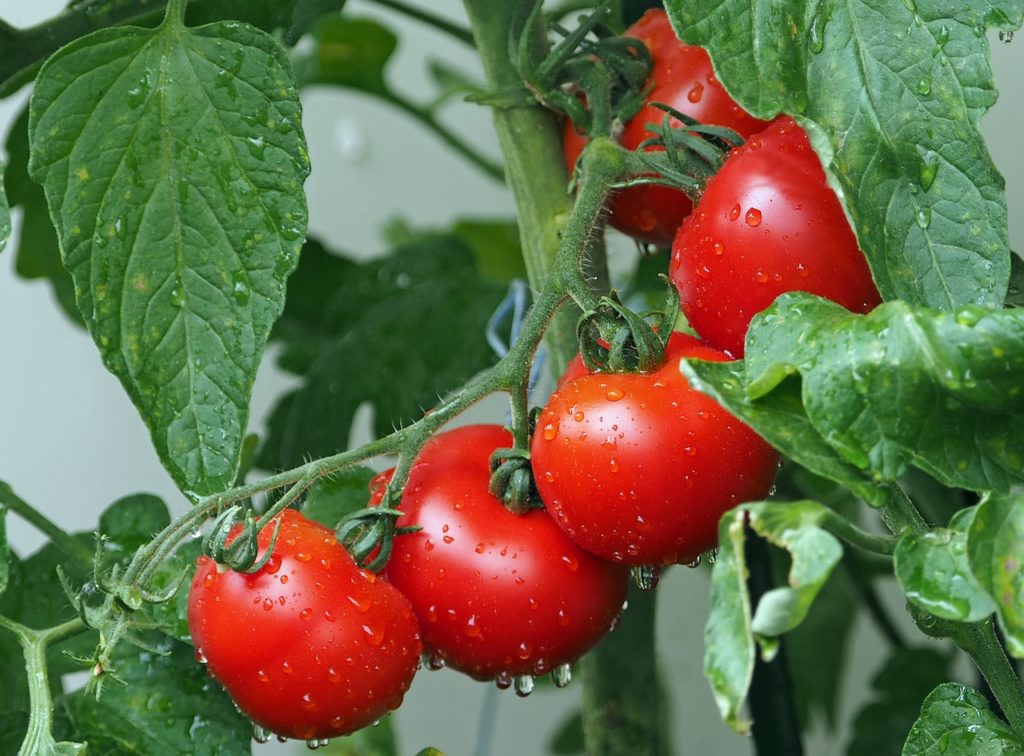
By Clint Thompson
Tomato prices are extremely high right now. Unfortunately, there’s not much supply for growers to take advantage.
“North Florida and South Georgia are probably the only domestic supply of tomatoes we’ve got for the foreseeable future,” said Josh Freeman, University of Florida Institute of Food and Agricultural Sciences (UF/IFAS) associate professor in horticultural science.

Freeman estimated those growers to only have enough crop for the next three weeks. They should last into mid-November. They are capitalizing on tomatoes bringing near $30 per box. Freeman expects those prices to remain high for a while.
“The fact that there’s no tomatoes for the foreseeable future coming out of central Florida. The last couple of days have completely wiped off any crop that may be in eastern Tennessee or western North Carolina, even as far down as San Mountain in Alabama around Talladega, that crop is probably gone as of (Thursday),” Freeman said. “I don’t see the market softening no time soon, just because there’s no supply.”
Reason for Decreased Supply
The lack of supply and subsequent high tomato prices are due to Hurricane Ian moving through central Florida on Sept. 28. Its path of destruction included tomato plants already in the ground, especially around the Palmetto and Ruskin growing areas.
Michael Schadler, executive vice president with the Florida Tomato Exchange, issued an email from the organization last week. It said that Florida’s tomato crop will be smaller than normal due to the impact from the storm. However, farmers have been able to recover due to dry, sunny conditions.
“The weather since the hurricane has been ideal, allowing growers to quickly recuperate fields. This means that even those farmers that sustained damage will be able to harvest a portion of their crop,” the email read.
“Florida will remain a significant supplier from now through December. November volume will be down, but there will still be tomatoes available. Central Florida production is expected to ramp up through December. The storm’s impact was less severe in the southwest Florida growing regions around Naples and Immokalee, which will help offset reduced volume in central Florida. Production in Southwest Florida will steadily increase starting in December. Plantings for South Florida’s winter tomato crop have continued as normal with no impact from the hurricane.”









